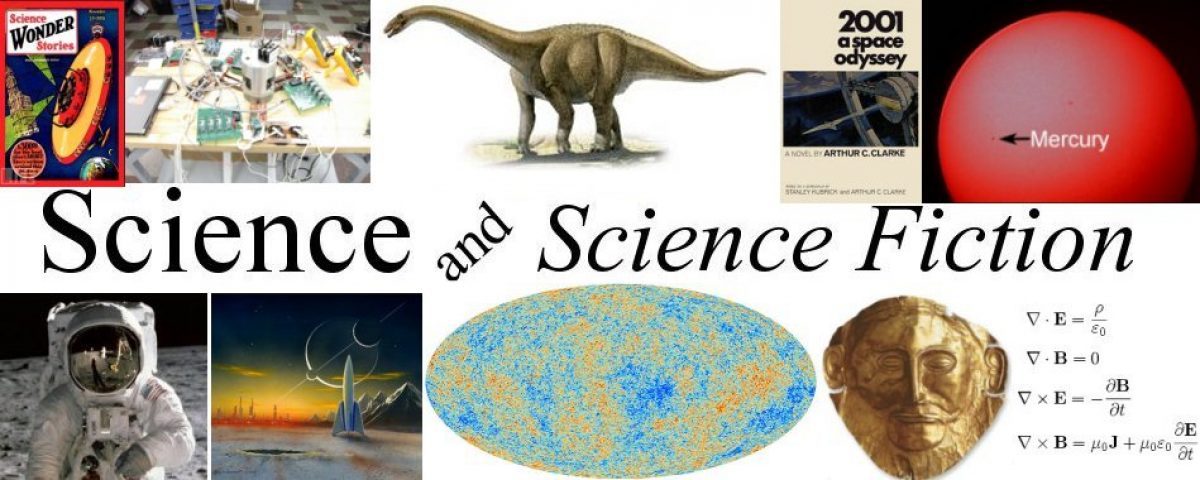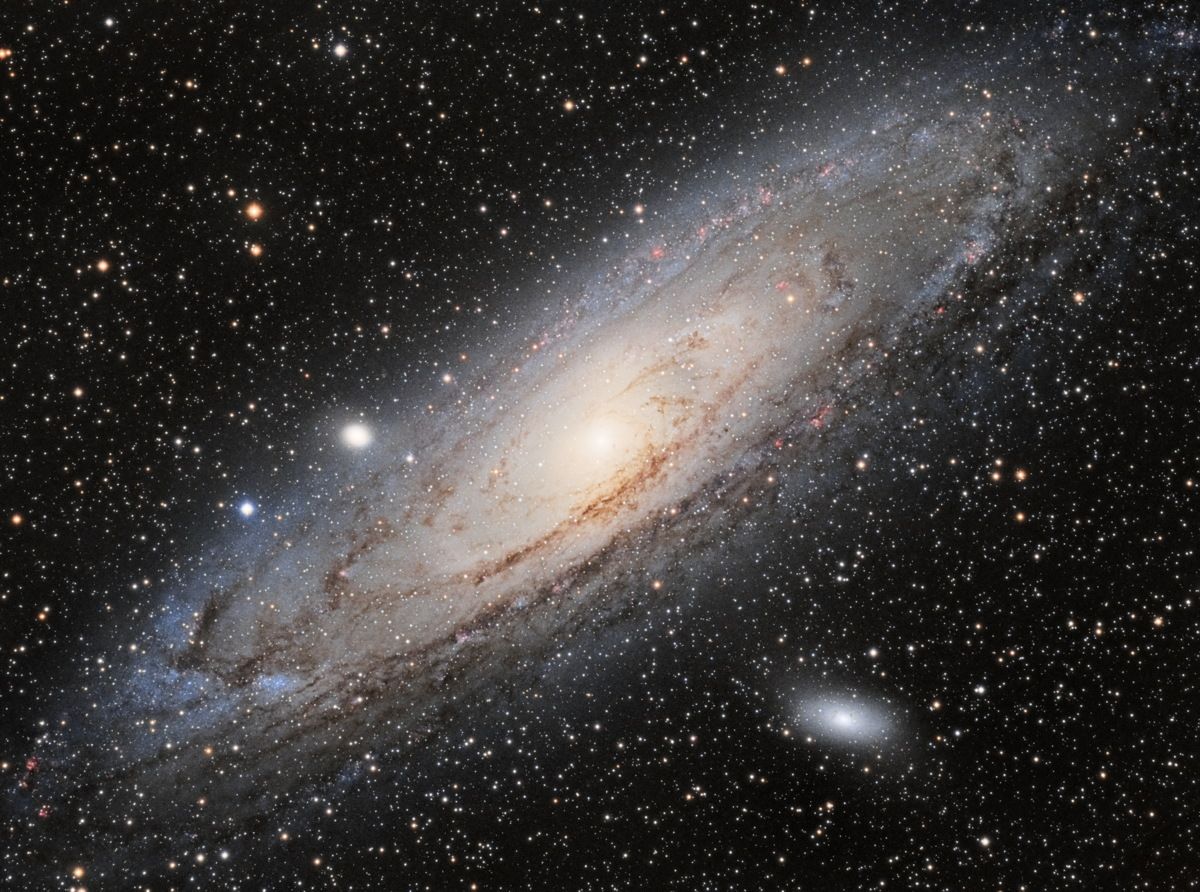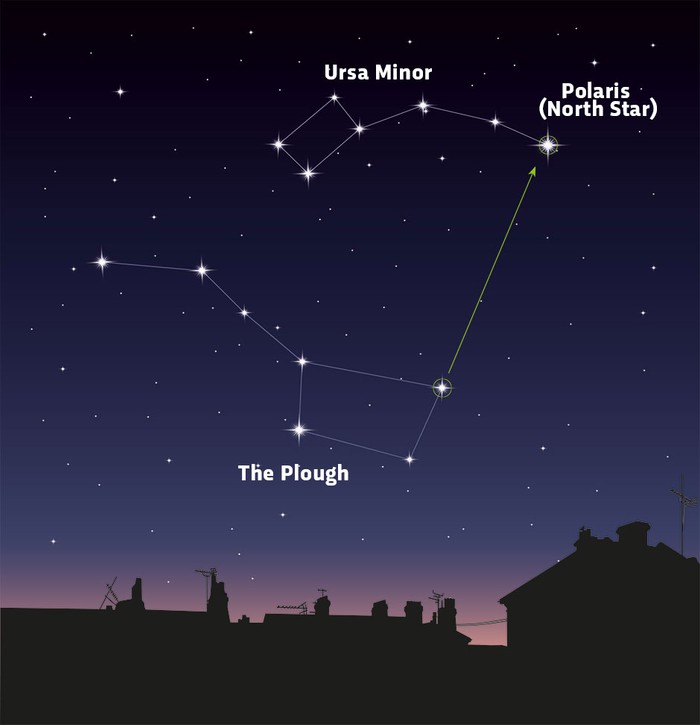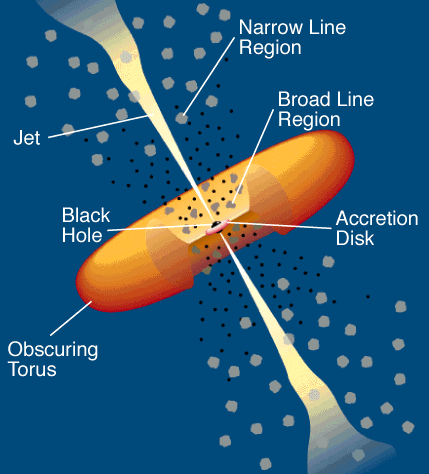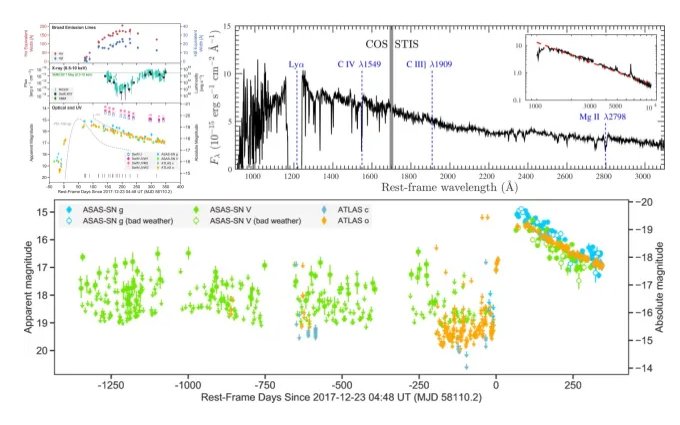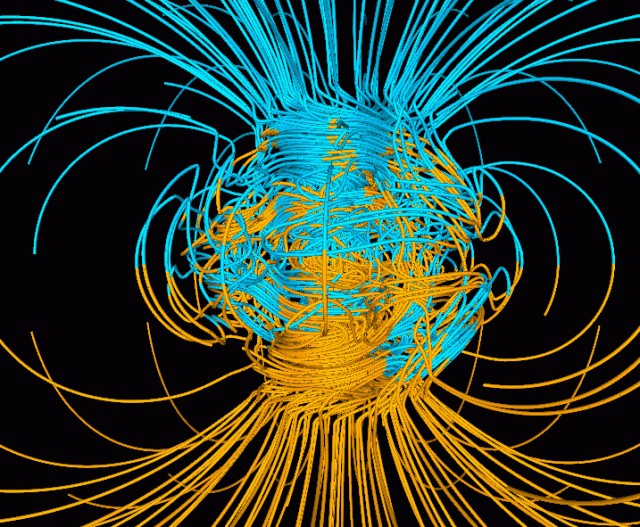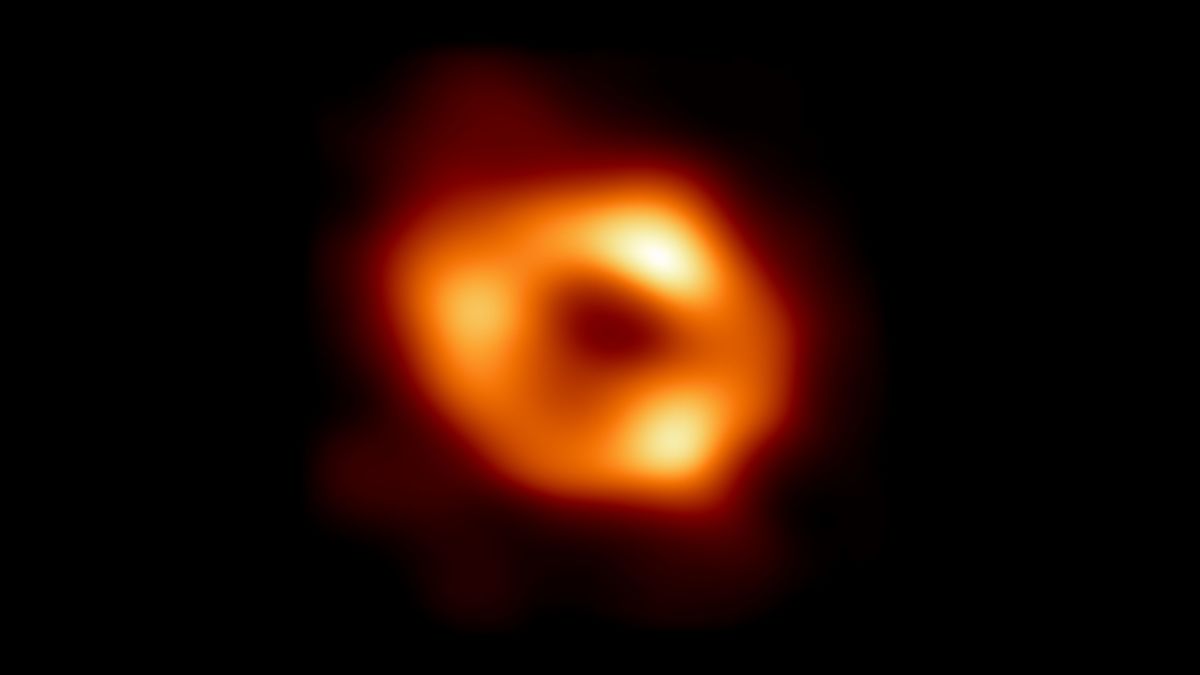It seems as though every time that astronomers build a new instrument, one that’s bigger, or more precise or one that looks at the sky above in a different way the discoveries made by that instrument challenge if not actually break existing theories about the Universe. It all started when Galileo first pointed his primitive telescope skyward and saw the moons of Jupiter, spots on the Sun, the phases of Venus and saw that the Milky Way was actually composed of thousands, millions of stars. As optical telescopes got bigger and bigger they saw more things like nebula and star clusters. Then, when astronomers added spectrographs to their telescopes they were able to discover what elements the stars were made of.

In the 20th century radio telescopes discovered objects like pulsars and quasars while X-ray telescopes discovered black holes. With each new technological advance in the astronomer’s instruments came a better understanding of the Universe even if that meant tossing aside some older, well established ideas.

Observations by the James Webb Space Telescope (JWST) began to astound astronomers within weeks of its beginning operation in 2022. You see, the JWST was designed primarily to study the early Universe, around a billion years after the Big Bang. If you’re wondering how a telescope can see into the past remember that since the speed of light is a finite 300,000 kilometers per second all you have to do is look at something billions of light years away and you’ll be seeing it as it was billions of years ago.

But you better have a big telescope, and you better put that telescope in space so it can just stare at the object you’re observing for hours or days or longer to gather enough light. Oh, and since the entire Universe is expanding the Doppler effect is going to cause that light from billions of years ago to be shifted to longer wavelengths, you’ll have to build your telescope to see in the infrared. That means you’ll have to get it away from any heat sources like the Sun and Earth, which is why the JWST was placed at the Lagrangian (L1) point in the Earth’s shadow but a million kilometers from our planet.

So as I said, JWST was primarily designed to study the Universe only a billion or so years after the big bang and those were some of the first images it took. Astronomers were interested in that period because they theorized that was the time that the first stars began to shine, that the first galaxies began to form. (See my post of 6 July 2024.)

One question that it was hoped that the JWST could answer dealt with the supermassive black holes that astronomers are now convinced lie at the heart of every galaxy, at least every big one. Simply put, the question was, which came first? Did galaxies form supermassive black holes in their centers, or do supermassive black holes form galaxies around them? Obviously any theory of how galaxies form needs to know that.

What the JWST did in fact see when it made its first observations were a large number of what astronomers named ‘Little Red Dots’, that is small but rather bright galaxies with a reddish glow to them. By their brightness the red dots appeared to contain millions of bright stars and some of them were found to have existed less than half a billion years after the big bang, a time so early that according to most theories of galaxy formation no such well developed galaxies should exist. That was why there were so many news articles about JWST having ‘Broken Cosmology’.

That was about two years ago and since then the JWST has both discovered a lot more ‘Little Red Dots’ and made much more detailed and precise measurements of some of them. Now a team of astronomers headed by Dale Kocevski of Colby College has announced results of their survey of the red dots at a conference of the American Astronomical Society that was held in Maryland the second week in January.

What the astronomers found was that the better observations of the red dots all showed light signatures indicating that much of their light came from hot gasses spiraling into a growing black hole. So the reason the red dots were so bright wasn’t because they had millions of stars but because they had the beginnings of a Quasar, a feeding black hole in their center. The JWST observations don’t break current theories of cosmology but those theories are certainly going to have to be modified.

The case isn’t closed yet however, because about a billion years after the big bang all of the red dots seem to disappear. Dr. Kocevski and the other astronomers in the team think that, as the black hole forms a galaxy around it will start to take on the appearance of a more ‘normal’ active galactic nuclei (AGN).

So it seems that the JWST has given us the answer to our question about which came first: galaxies or the supermassive black holes inside them. The ‘Little Red Dots’ are black holes that serve as the seeds of galaxy formation. But like every other scientific answer this one breeds another question; where do the black holes that form the ‘Little Red Dots’ come from?
